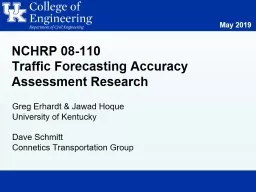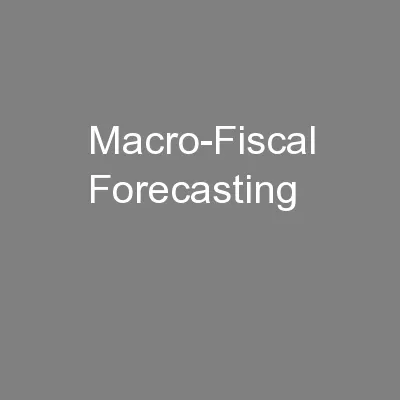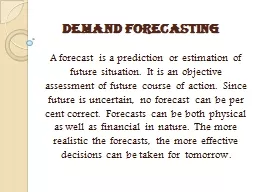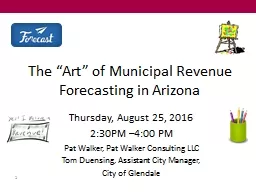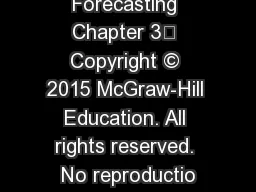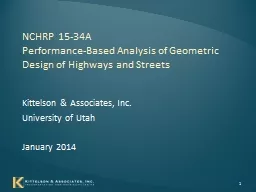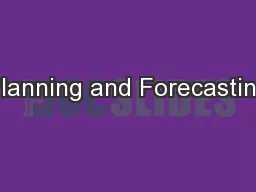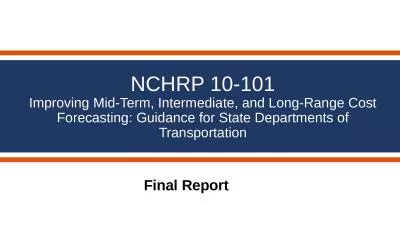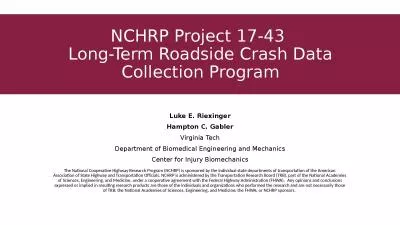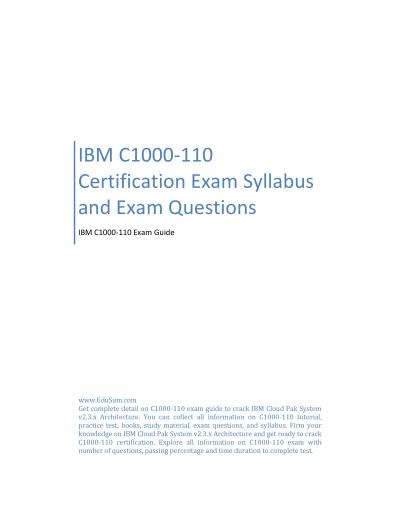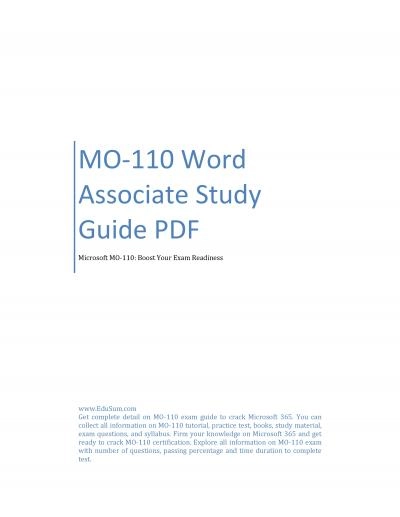PPT-NCHRP 08-110 Traffic Forecasting Accuracy Assessment Research
Author : karlyn-bohler | Published Date : 2019-12-13
NCHRP 08110 Traffic Forecasting Accuracy Assessment Research May 2019 Greg Erhardt amp Jawad Hoque University of Kentucky Dave Schmitt Connetics Transportation Group
Presentation Embed Code
Download Presentation
Download Presentation The PPT/PDF document "NCHRP 08-110 Traffic Forecasting Accurac..." is the property of its rightful owner. Permission is granted to download and print the materials on this website for personal, non-commercial use only, and to display it on your personal computer provided you do not modify the materials and that you retain all copyright notices contained in the materials. By downloading content from our website, you accept the terms of this agreement.
NCHRP 08-110 Traffic Forecasting Accuracy Assessment Research: Transcript
Download Rules Of Document
"NCHRP 08-110 Traffic Forecasting Accuracy Assessment Research"The content belongs to its owner. You may download and print it for personal use, without modification, and keep all copyright notices. By downloading, you agree to these terms.
Related Documents

